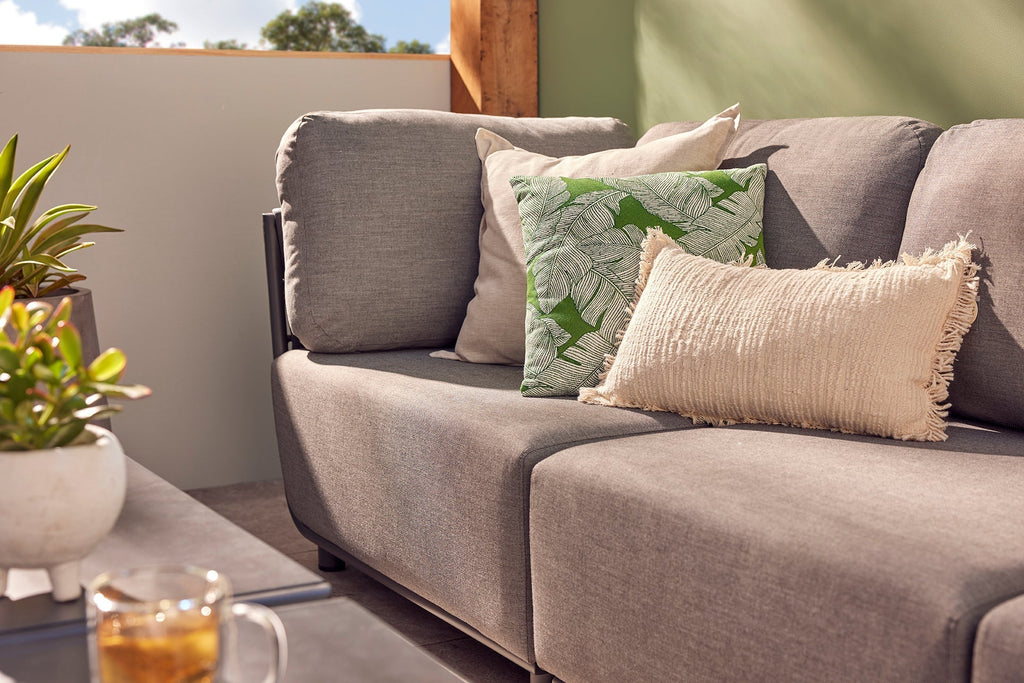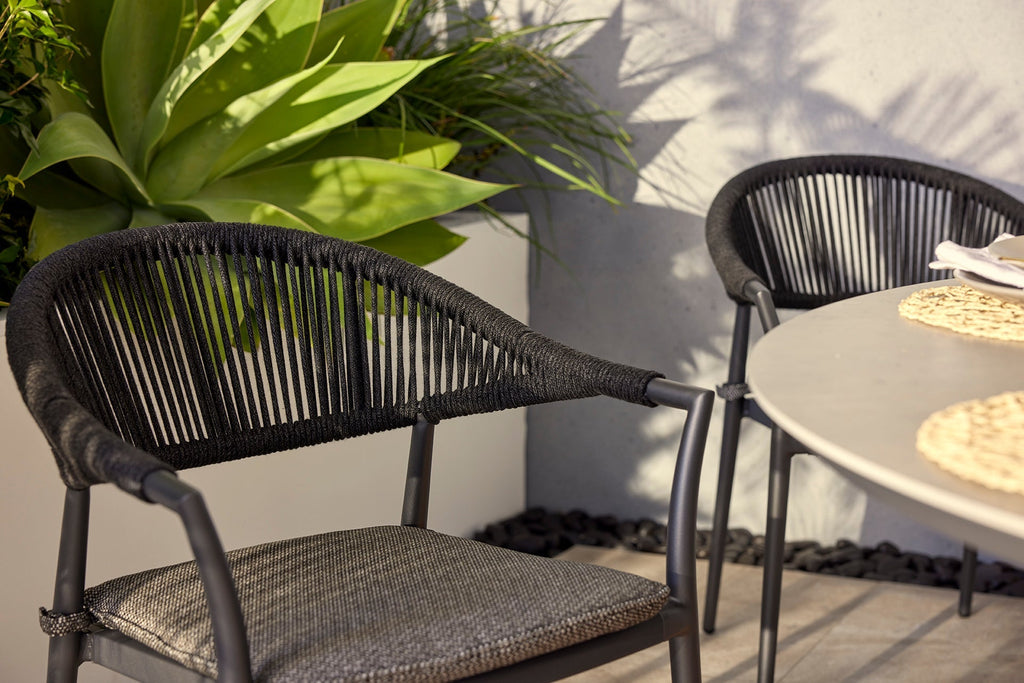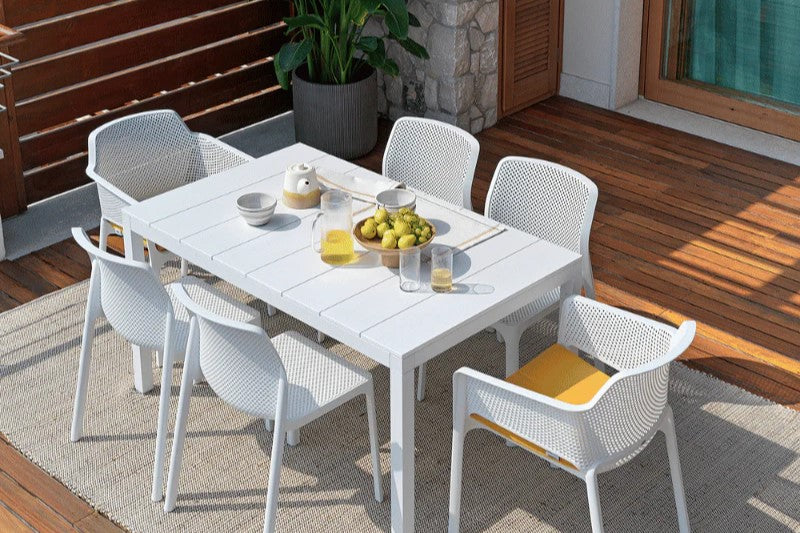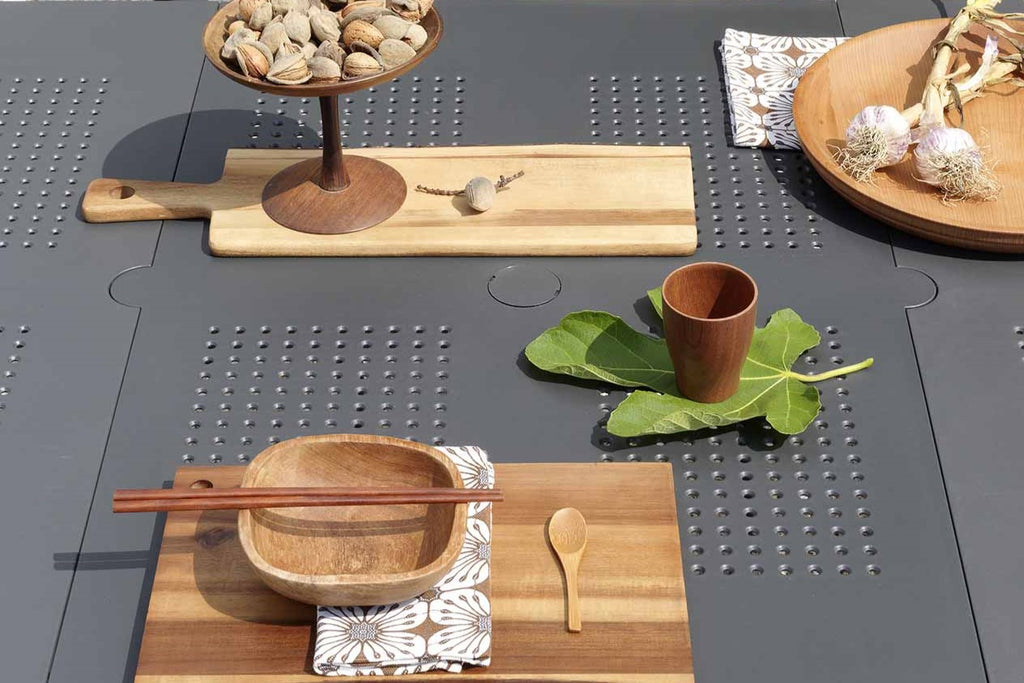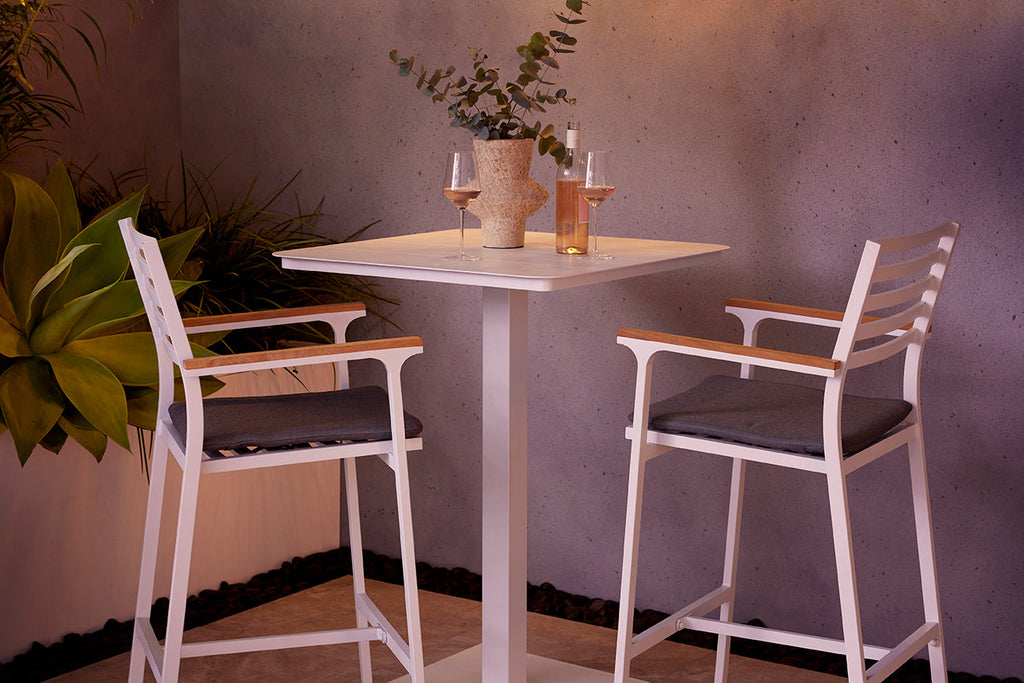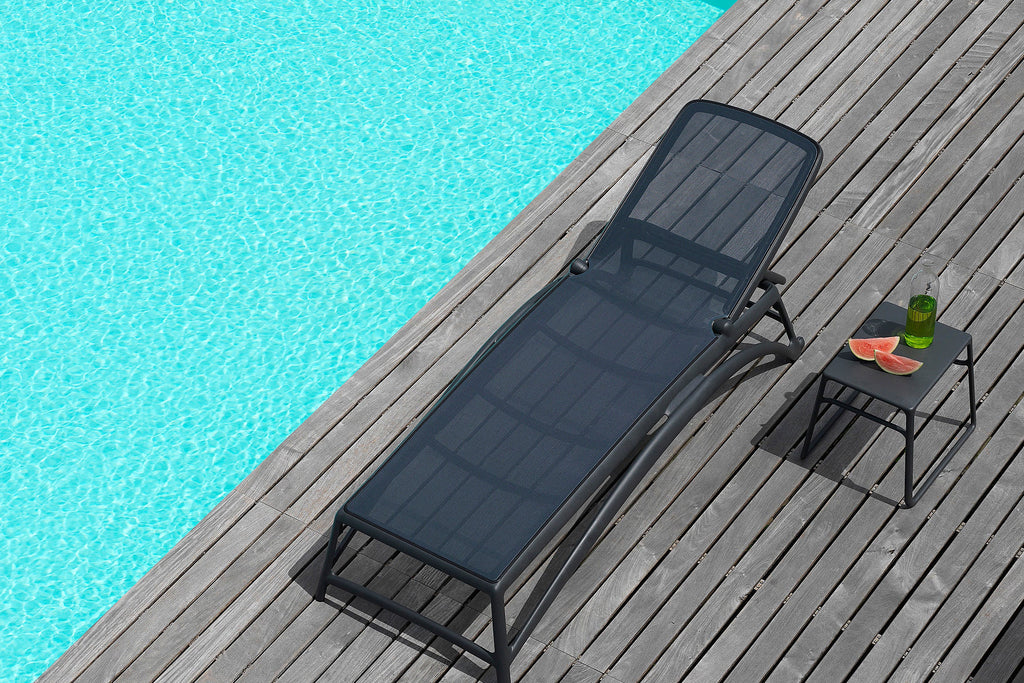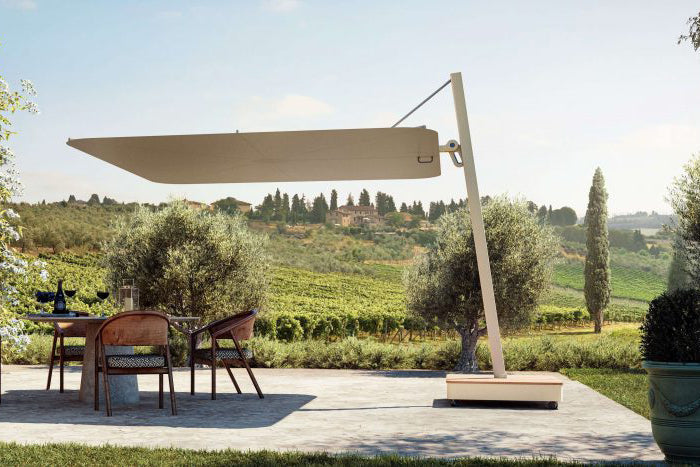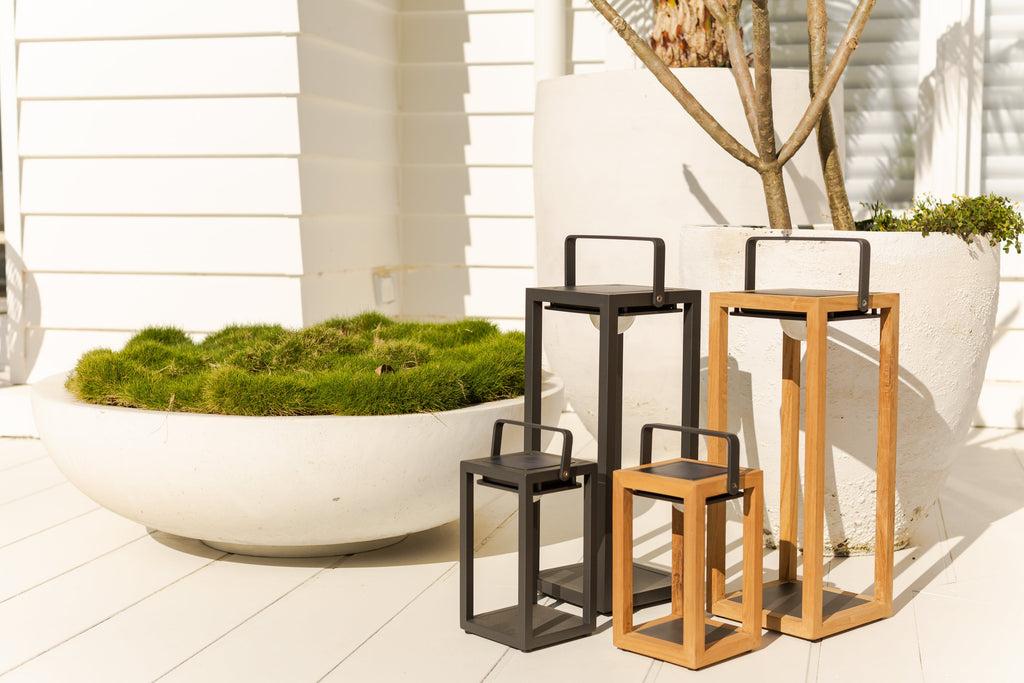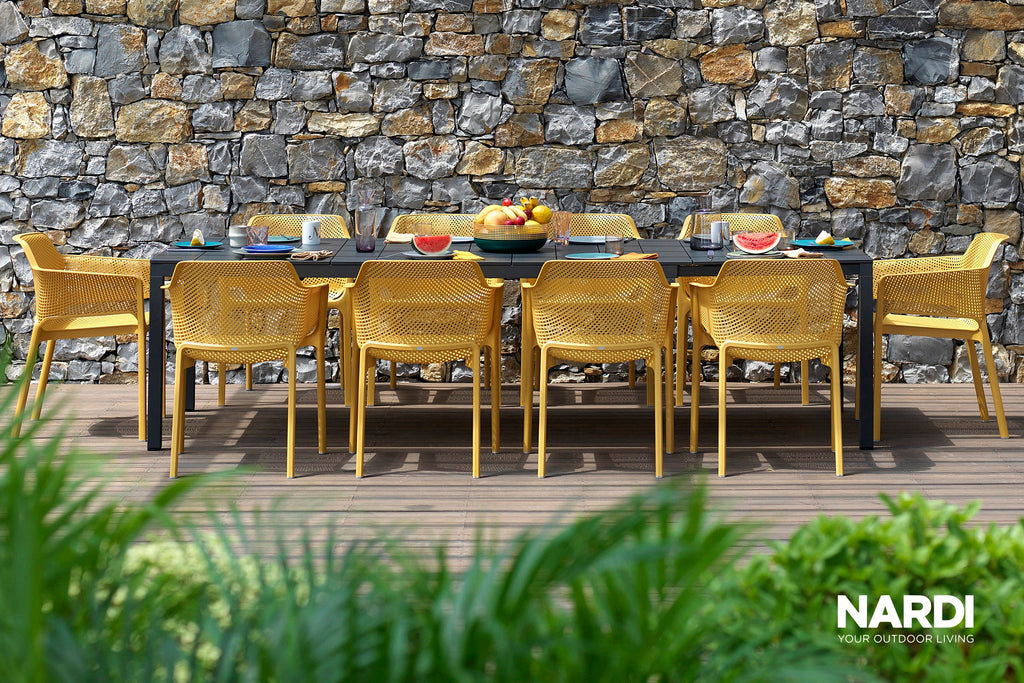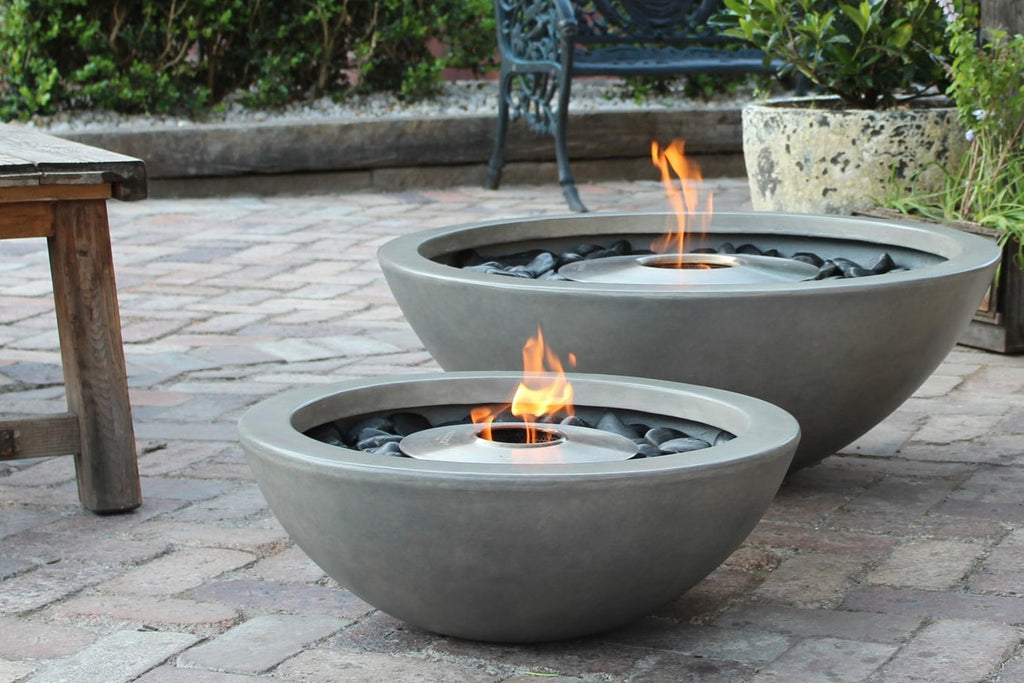What is the Best Timber for Outdoor Furniture?
Why Use Wood for Outdoor Furniture in The First Place?
Wooden furniture doesn't just look great and feel great -- it also has other functional benefits over other synthetic materials like plastic.
1. Strength and Durability
Wood is extremely resilient and requires very little maintenance.
Especially when treated, it's a long-lasting natural material that can withstand the constant weather changes -- whether its rain, wind, or intense sun exposure. This means that you don't have to worry about finding a place to store it when the seasons change.
Wood furniture can last for years with minimum care -- so it can even serve as an heirloom piece for future generations.
2. Versatility
The beauty of wood is that you can customize it in different ways, so you can get the exact piece of furniture you want.
It can easily be changed over time by sanding, painting, or refinishing for an entirely new look -- giving it a second, third, or even fourth life.
3. Timeless Style
With its eye-catching grains, earthy tones, and modular patterns -- wood furniture is a decor staple that adds rustic charm and elegance to any outdoor space.
Because of the sheer variety of colours and textures available, it's no surprise that wood is one of the most popular materials in the furniture industry. In fact, according to recent statistics, a growth of USD 48.48 billion is expected in the wooden furniture market.
It provides a seamless transition from nature to the more modern elements of your garden or patio.
4. Sustainable and Eco-Friendly
Wood is natural and renewable, with a lower net environmental impact compared to other carbon emission-intensive building materials like plastic or aluminium.
Being a natural resource, wood is not toxic and is safe to handle and touch. It also ages naturally and does not break down into environmentally damaging waste material.
Factors to Consider When Choosing Outdoor Furniture
The following critical factors are important to consider when choosing the best outdoor wood for any furniture project:
1. Natural Resistance
The climate directly impacts the longevity of your outdoor furniture.
Any outdoor space will at some point be exposed to rain, humidity and moisture that eventually leads to mould and mildew. The best type of wood depends on its level of porosity -- that is, the volume of micro holes through which the water can penetrate the wood. The lower the porosity, the more resistant the wood is to weather conditions.
2. Location
Take note of the area where you plan to place your furniture, as some wood species may be more suited to certain surfaces than others.
If you live in an area near a body of water, you want to be sure that your furniture is resistant to damage from standing or retained moisture. Places with more humid weather are also prone to termites and other insects, so choosing a denser wood with a higher porosity level is your best bet.
Also, if your chosen location is exposed to direct sunlight, remember to use a patio umbrella or sail shade to prevent the wood from fading. Another option is to store them inside during the colder seasons, provided you have the extra room.
Two Types of Wood for Outdoor Projects
Generally, there are two types of wood that divide the furniture market. Both are graded and offer structural and aesthetic advantages.
1. Hardwood
As its name suggests, hardwoods are typically stronger and denser than their softwood counterparts.
Hardwood comes from deciduous trees (trees that shed their leaves in the winter) and have seeds with a fleshy or nutty covering, like oak, elm, and teak.
Hardwood is commonly used for garden furniture because of its durability and weather resistance -- tending to be heavier and therefore more expensive than softwood.
2. Softwood
Softwood comes from evergreen trees (think conifers) like pine and spruce, with seeds that are bare and exposed.
When used for outdoor furniture, softwood is often chemically treated in order to match the weather resistance and durability of hardwood. Despite this, it is one of the most used materials because of its lower cost and ease to work with -- constituting 80% of the world's wood production.
The Best Wood for Outdoor Furniture
Each material has its own strengths and advantages, but these three wood species top the list when it comes to outdoor furniture:
1. Teak
A topical hardwood, Teak is grown primarily in Southeast Asian countries.
It's regarded as one of the most preferred choices for outdoor furniture -- not only for its durability but also because of its golden, soft grained finish.
What makes Teak stand out from other types of wood is its unique ability to produce its own natural oils that results in amazing weather-resistance. It does an excellent job at repelling moisture, deterring insects, and won't warp or expand with changes in humidity.
2. Ipe
Also known as the Brazilian Walnut, Ipe is a beautiful exotic hardwood originating from Central and South America.
It's one of the densest wood species in the world -- two times harder than teak and considerably more flame and weather-resistant. It's one of the top choice for designers because of its reddish hue and interlocked grain pattern that gives a warm and rustic look to any outdoor space.
It can last up to 15 years even without treatment and is primarily used for flooring and decking.
3. Merbau
Merbau is beautiful hardwood species that is native to East Africa and Southeast Asia, best known for its unparalleled resistance and usability.
Because of its resistance to termites and other insects, Merbau is perfect for a range of larger, upscale outdoor furnishings. It's a versatile timber that is not only easy to use, but also has an alluring yellow-orange earthy coloured tint that deepens and reddens over time.
How To Protect Your Outdoor Wood Furniture
Aside from choosing the right type of wood, proper care and maintenance is essential so your outdoor wooden furniture can live a long, healthy, and productive life.
Proper Cleaning
Dirt and stains on the wood can be easily removed by using a solution of natural soap dissolved in lukewarm water. Apply it using a soft brush and clean in the direction of the grain.
Finishings
Most outdoor furniture will naturally weather and mellow to a lighter shade over time as the natural oils present in the timber dissipate. If you want to maintain the rich brown color, you might want to consider using a wood sealant or oil to create a protective barrier after a few years.
Summary
With the right knowledge, you can get the most out of your wood outdoor furniture. This guide looks at the best types of wood, examining their advantages, and answering some of the most asked questions about outdoor wood projects.
Reference Sources
- https://www.remarkablefurniture.com.au/blogs/product-stories/why-is-teak-used-for-outdoor-furniture-the-history-types-and-benefits
- https://www.remarkablefurniture.com.au/blogs/product-stories/best-material-for-outdoor-furniture
